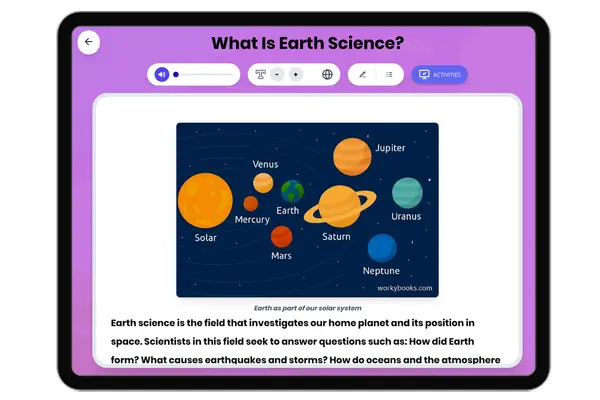The Precautionary Principle — Reading Comprehension
Grades
- 6
- 7
- 8
- 9
PRINT+DIGITAL RESOURCE
This learning resource is available in interactive and printable formats. The interactive worksheet can be played online and assigned to students. The Printable PDF version can be downloaded and printed for completion by hand.
About This Reader
The Precautionary Principle is a decision-making guideline that suggests avoiding actions or policies that could harm people or the planet, even if the harm is not yet fully proven. It has been applied to issues like ozone layer protection and GMO regulation. Critics argue it can slow innovation, but supporters believe it’s essential for preventing irreversible damage. The principle has influenced international agreements like the Paris Climate Agreement.
Perfect For:
👩🏫 Teachers
- • Reading comprehension practice
- • Auto-graded assessments
- • Literacy skill development
👨👩👧👦 Parents
- • Reading practice at home
- • Comprehension improvement
- • Educational reading time
🏠 Homeschoolers
- • Reading curriculum support
- • Independent reading practice
- • Progress monitoring
Reading Features:
📖
Reading Passage
Engaging fiction or nonfiction text
❓
Comprehension Quiz
Auto-graded questions
📊
Instant Feedback
Immediate results and scoring
📄
Printable Version
Download for offline reading
🔊
Read Aloud
Voice-over with word highlighting






















